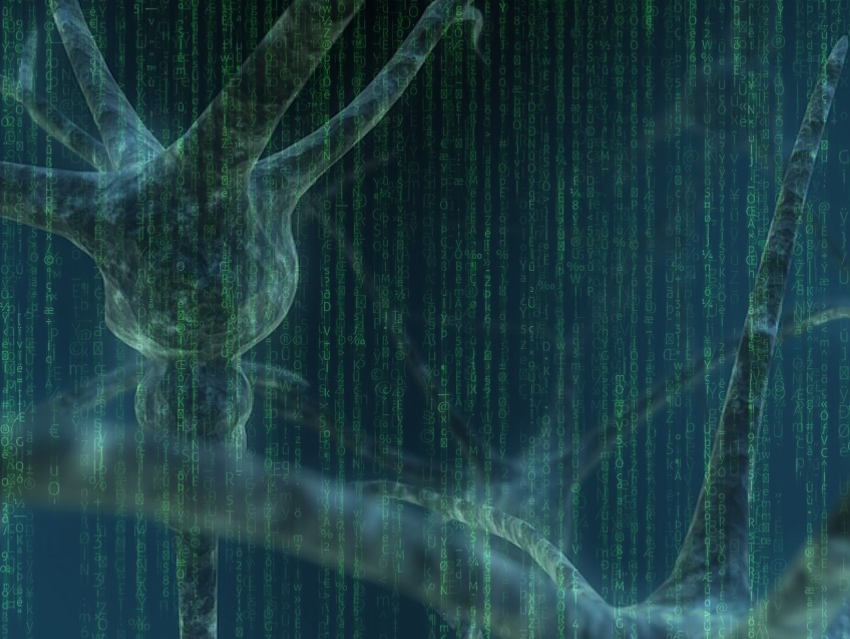Merck has announced a three-year research collaboration with the Transylvanian Institute of Neuroscience (TINS), Cluj-Napoca, Romania. The aim is to improve understanding of how information processing works in the human brain. Particular focus will be on better understanding the computational principles of the neocortex, which is associated with all functions of higher intelligence and is thought to use a “cortical algorithm” as a common framework to solve seemingly very different tasks such as image recognition or motion planning. Efforts will be made to extract the fundamental principles of neocortical tissue and translate them into novel computational models.
The research project can have a profound impact on our understanding of the mechanisms that support intelligence and could enable the technologies in the field of AI of tomorrow, the partners hope. With the research collaboration, Merck aims to ensure it is among the first companies to benefit from new findings in the rapidly evolving field of AI.
TINS was the winner of the Merck 2020 Research Grant in ‘Next Generation Machine Learning’. The company awarded research grants for the first time in 2018, the year of its 350th anniversary. TINS scientists have extensive experience in experimental and theoretical neuroscience. The interdisciplinary AI Research Team at Merck concentrates on exploring neuroscience-inspired approaches to novel methods for artificial intelligence.
- Transylvanian Institute of Neuroscience (TINS), Cluj-Napoca, Romania
- Merck KGaA, Darmstadt, Germany




